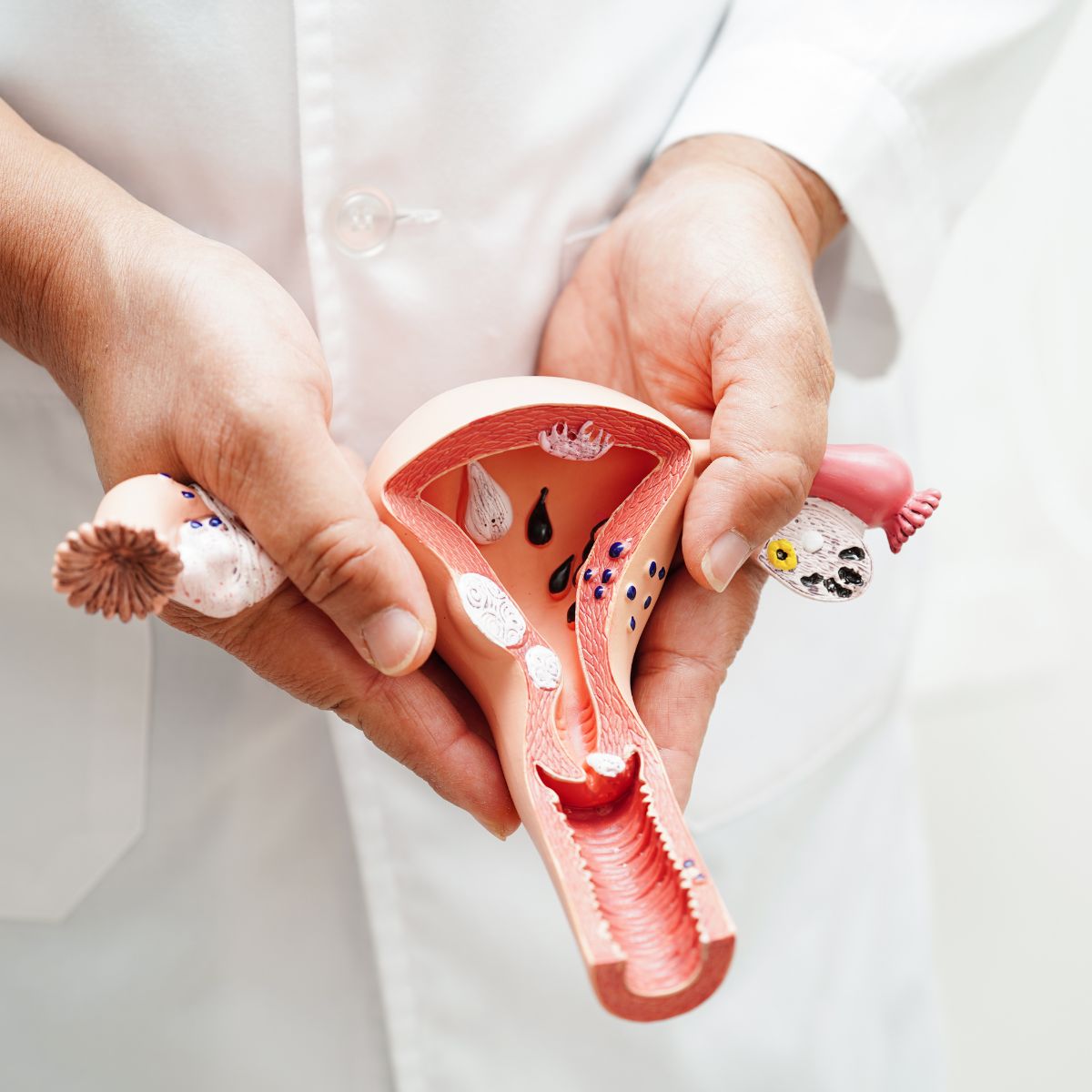The menstrual cycle is a vital part of reproductive health that helps manage overall wellness, support family planning, and track hormonal changes. This article breaks down each phase of the cycle, including what we commonly refer to as the "period," and explains what happens in the body during each stage.
What Is the Menstrual Cycle?
The menstrual cycle is the body’s natural, recurring process that prepares for a possible pregnancy. Usually lasting around 28 days, but sometimes between 21 and 35 days, this cycle is regulated by hormones, with each phase playing a specific role in reproductive health.
The Phases of the Menstrual Cycle
The menstrual cycle consists of four key phases: menstrual (period), follicular, ovulation, and luteal. Understanding each phase sheds light on how the body prepares for potential pregnancy.
The cycle starts with the menstrual phase, commonly called the "period," where the uterine lining sheds, leading to bleeding. This phase usually lasts 3-7 days. Low levels of estrogen and progesterone during this time can cause symptoms like cramps, fatigue, and mood swings.
The follicular phase begins on the first day of menstruation and overlaps with the menstrual phase. The pituitary gland releases follicle-stimulating hormone (FSH), encouraging follicles in the ovaries to mature, with one follicle eventually developing into an egg. As estrogen levels rise, the uterine lining thickens, preparing for a possible pregnancy. Increased energy and motivation often accompany this phase.
Ovulation generally occurs in the middle of the cycle. A mature egg is released from the dominant follicle and travels toward the fallopian tube, ready for fertilization. This is the peak of fertility, and some may experience mild symptoms such as abdominal twinges, changes in cervical mucus, or a slight temperature increase.
After ovulation, the luteal phase begins. The empty follicle becomes the corpus luteum, releasing progesterone to maintain the uterine lining. If the egg isn’t fertilized, the corpus luteum breaks down, causing a drop in progesterone and estrogen levels, signaling the start of a new cycle. Symptoms during this phase may include mood changes, bloating, and PMS.
Why Understanding Your Cycle Matters
Knowing your menstrual cycle has several benefits:
- Fertility Awareness: Understanding peak fertility days helps with family planning.
- Health Management: Tracking symptoms can identify hormonal imbalances or issues like PCOS or endometriosis.
- Well-Being: Recognizing natural shifts in energy and mood supports self-care and lifestyle planning.
How to Track Your Cycle
Tracking your menstrual cycle offers valuable insights. Use a calendar or app to record start and end dates, monitor symptoms to identify patterns, and consult a healthcare provider if you notice irregularities or severe symptoms.

